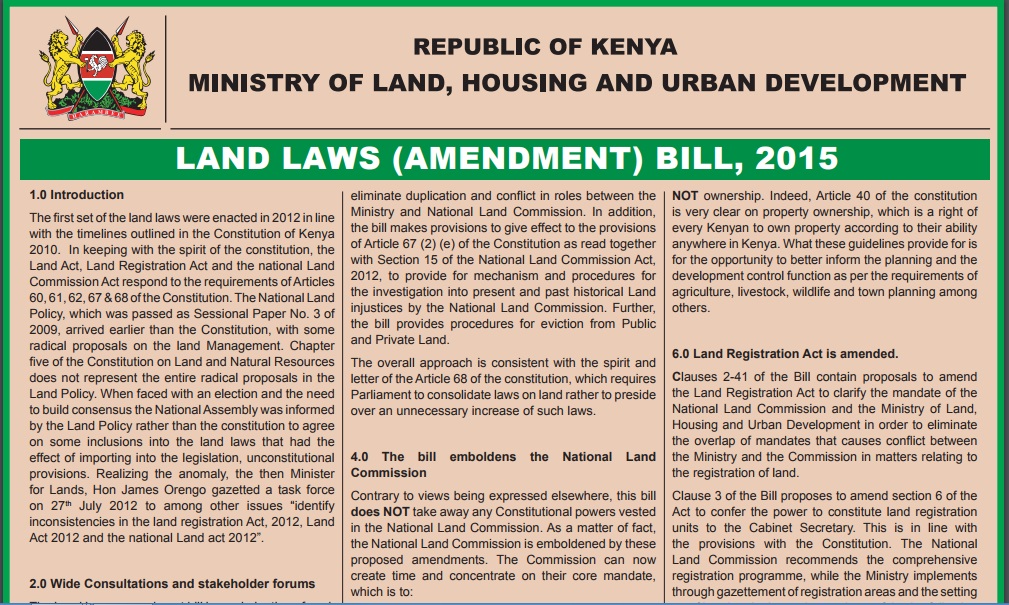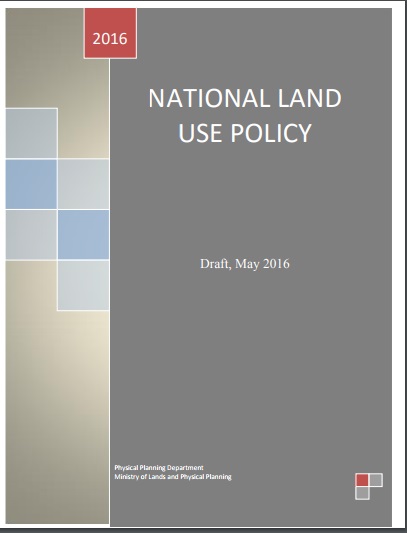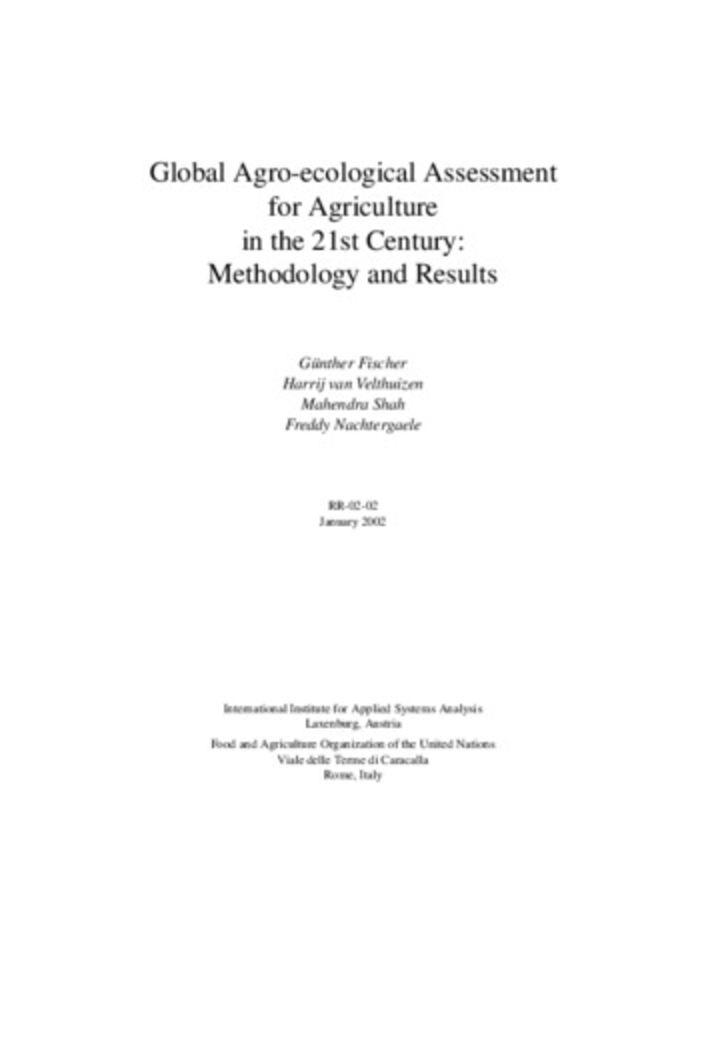Regional Deforestation Trends within Local Realities: Land-Cover Change in Southeastern Peru 1996–2011
Estimating deforested areas and deforestation rates have become key steps for quantifying environmental services of tropical rain forests, particularly as linked to programs such as Reduced Emissions from Deforestation and Forest Degradation (REDD). In Southeastern Peru, reliable estimates of land-cover change (LCC) are important for monitoring changes in the landscape due to agricultural expansion, pasture creation and other socio-economic influences triggered by the Inter-Oceanic Highway (IOH).






